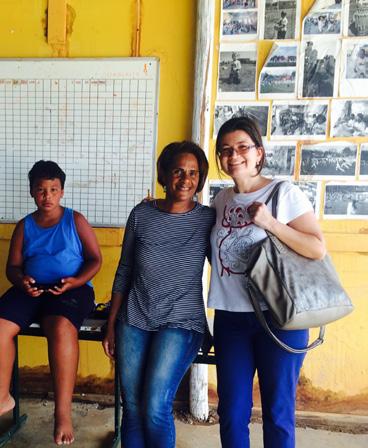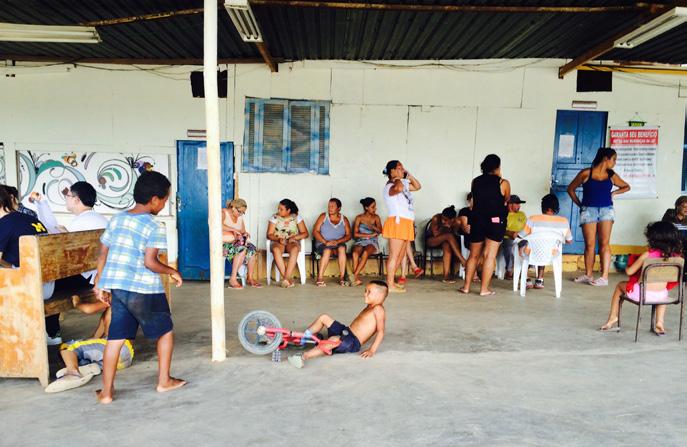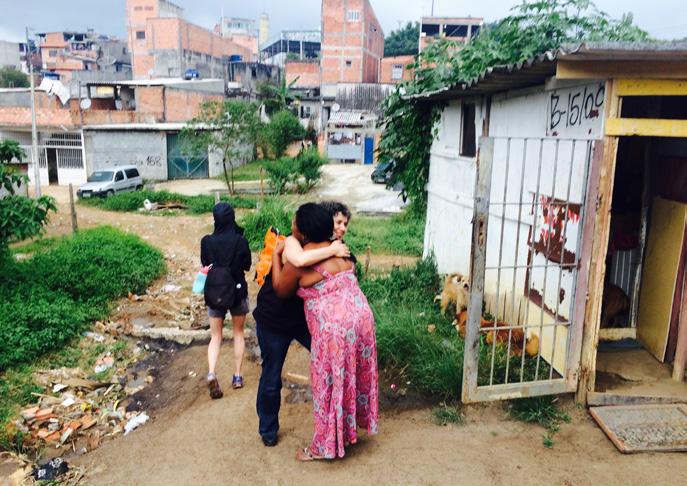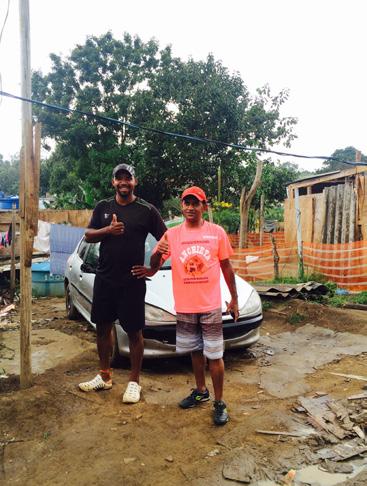
2 minute read
Ocupação Anchieta Association The Client-Partner

10 12


11 13

20 09 Current Neighborhood Association Headquarters. 10. Community Meeting. 11. Community Partners: Leonardo (left) and Fernando ‘Flesh’ (right). 12. Children Play While Women Wait for Health Services. 13. Visit to Resident Living in the Perimeter of the Environmental Protection Area.
OCUPAÇÃO ANCHIETA ASSOCIATION THE CLIENT-PARTNER
In October 2016, Taubman College faculty members Ana Paula Pimentel Walker and María Arquero de Alcarón met with coordinators of Associação Anchieta (Ocupacão Anchieta Association) (the Association) and Movimento Anchieta (the Movement Anchieta), and visited the site.
The contact with the Association came through the Gaspar Garcia Center for Human Rights, longterm collaborators in different research initiatives with faculty member Pimentel Walker. The center seeks to preserve the human rights and dignity of the city’s urban poor. Its mission focuses on assisting informal dwellers with their land rights and access to adequate housing as well as advocating for changes in urban policies that lead to poverty in informal areas. Furthermore, the Gaspar Garcia Center works on applied research projects through partnerships with activists, social movements, professionals, and academic institutions.
Movimento Anchieta, is a social movement and housing advocacy group formed to occupy the land and advocate for adequate housing for the occupied site. The Movement started with the support of local leftist politicians and currently receive technical and political support from housing rights organizations and social movements. As more families moved to the Occupation, Movimento Anchieta formally established the Ocupação Anchieta neighborhood association, henceforth, the Association, with the goal of achieving the legal and political recognition required to acquire municipal infrastructure and services.
The Association coordinators asked Taubman Team urban planning and architecture students for help protecting the creek and water springs by relocating adjacent houses elsewhere in the settlement. The desire to restore the creek area partially stemmed from the fact that the landowner, motivated by environmental concerns, pressured residents to reconsider the optimal number of families living in the site. However, the relocation of housing near the creek was began before Taubman Team students arrived in Brazil in 2017, with the assistance of the non-profit, TETO. As a result, the Taubman Team reframed the project to focus on the most urgent needs of the community including five main areas of action: (1) strategizing further creek and water springs restoration, (2) designing a new cultural center, (3) developing waste management techniques, (4) improving housing, and (5) infrastructure—especially sewerage.






